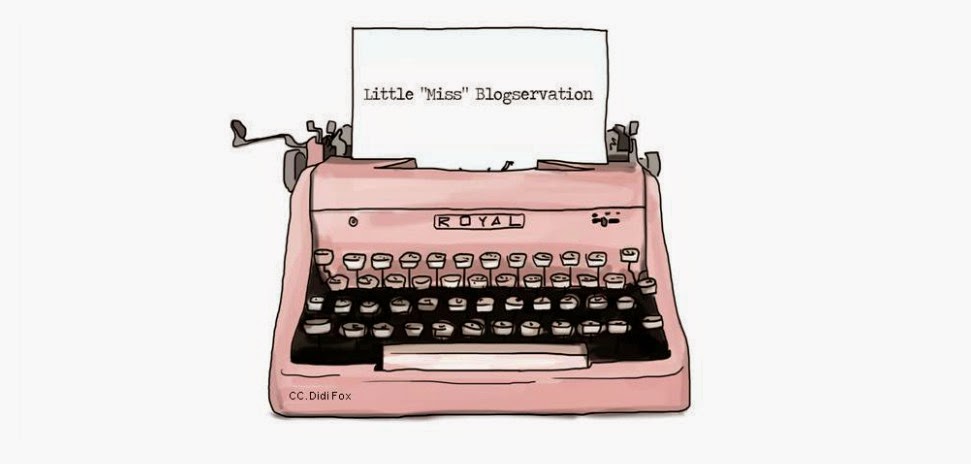It had never occurred to me before that
"technophobia" existed. I was aware of certain people who refuse to
use technology or have a particular resistant attitude; however had never
considered that it would be given a specific term or defined as a 'fear'. Brosnan
(1998 p.2) outlines that "this fear can range from avoidance to technology
from palpitations of sweating when thinking about using technology" and
also claims that technophobia is a legitimate response to technology.
This may be a legitimate response; however, it is not one that accepted
within a learning environment due to its fantastic potential as a learning
resource. Constructionist theorist Seymour Papert (1993 p.4) highlighted that computers
can be carriers of powerful ideas and help to form new relationships with
knowledge. Technophobia therefore, can have the potential of having a
significantly negative impact on teaching and learning; causing a barrier to
learning which we need to ensure is removed.
A fear and anxiety toward technology can occur within
teachers or children, but what are the symptoms? Similarly to other phobias,
symptoms can include: feelings of panic, rapid heartbeat, shortness of breath
and extreme avoidance. Technophobia is common among teachers, particularly
those who have been teaching for many years and have been successful in doing
so without technology. Is is typical human nature for us to resist change, we
are creatures of habit. However, this technophobic attitude can also occur due
to a lack of knowledge. After all, most of our fears are born out of the fear
of the unknown; fear of death, fear of the dark, fear of the future. The risk
of these anxieties being present in schools is not only that children will be
denied opportunities for authentic learning (Wheeler, 2014), but they might
also inherit these attitudes. This is why it is essential for teachers,
particularly specialists and those responsible for technology education are
confident in their use and knowledge.
I definitely wouldn't consider myself as technophobic; in
fact I am probably a technophile, being that my iPhone 6s is an extension of my
right arm and I take my matching iPad Air with me wherever I go. I certainly
can’t remember the last time I went a whole day without checking twitter.
However, despite all this, the prospect of HOW to use technology effectively to
enhance and engage learning does cause me some anxiety so I can empathise with the 'technophobes'.
So, a concluding thought: there needs to be an awareness of
technophobia within schools in order to prevent it from occurring and being
detrimental to the learning process for our children. Technology is continually
evolving phenomenon that should be embraced and used to our advantage rather
than ignored and avoided as a result of fear.
References:
Brosnan, M. (1998). Technophobia: The
psychological impact of information technology. New York: Routledge.
Papert, S. (1993) Mindstorms. New York: Harvester Wheatsheaf.
Wheeler, S. (2014) Shock of the new. [Blog] Learning
with 'e's. Available at:
http://steve-wheeler.blogspot.co.uk/2014/01/shock-of-new.html [Accessed 25 Feb.
2016].
